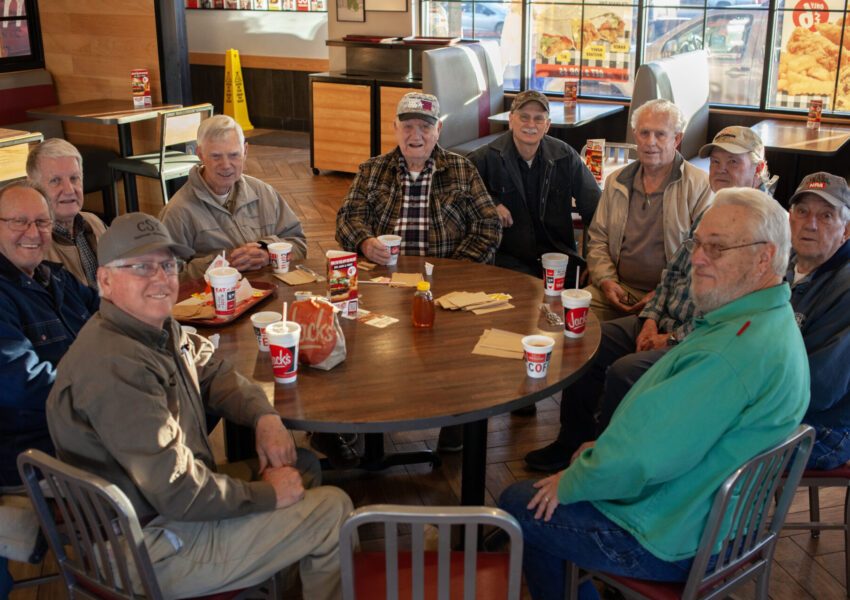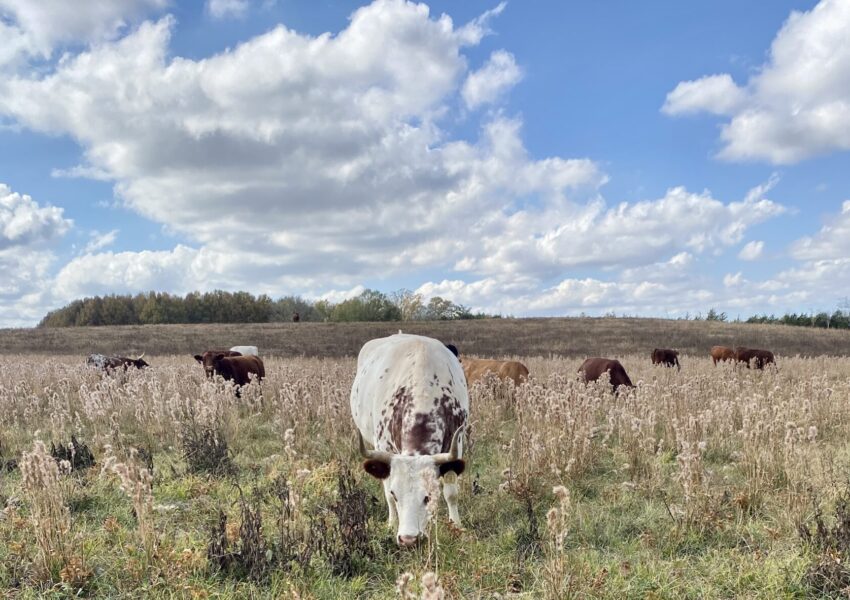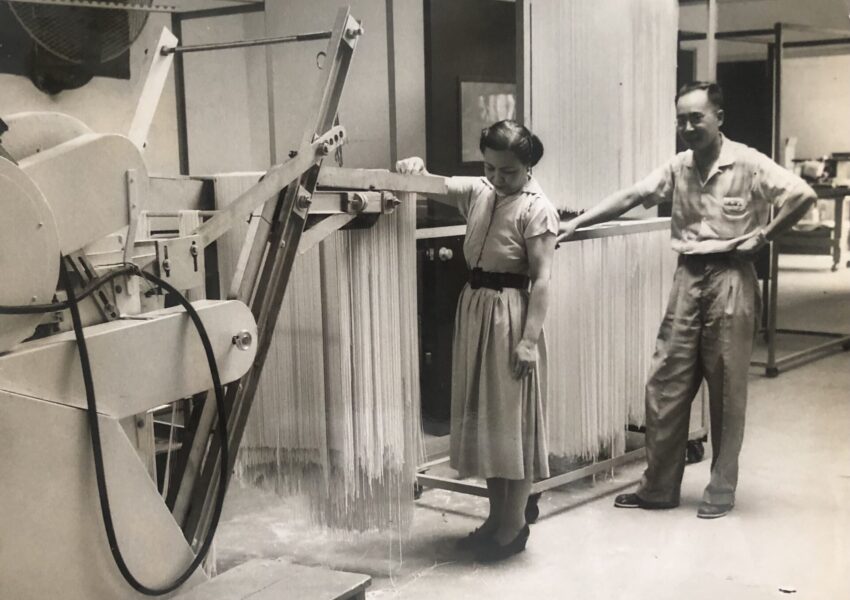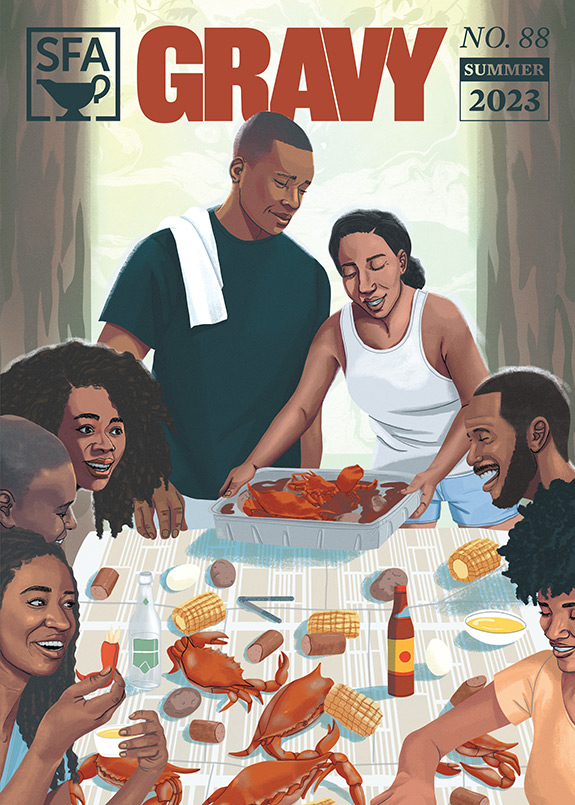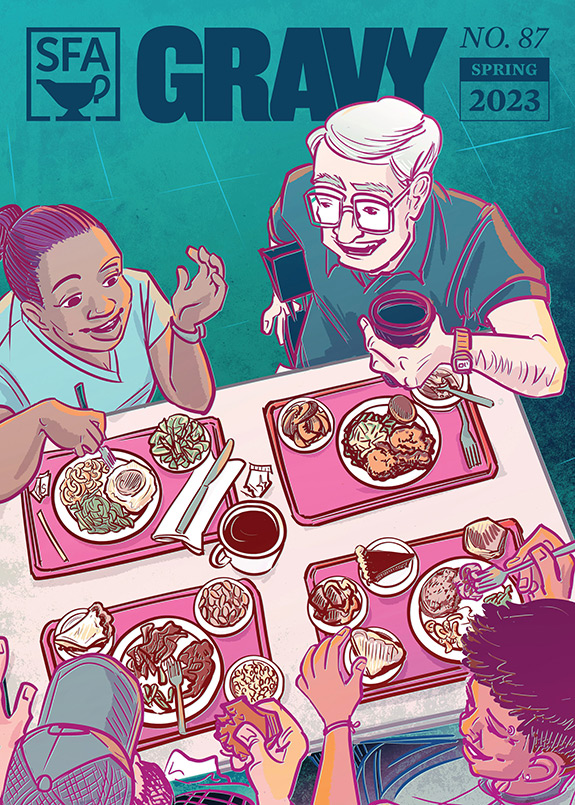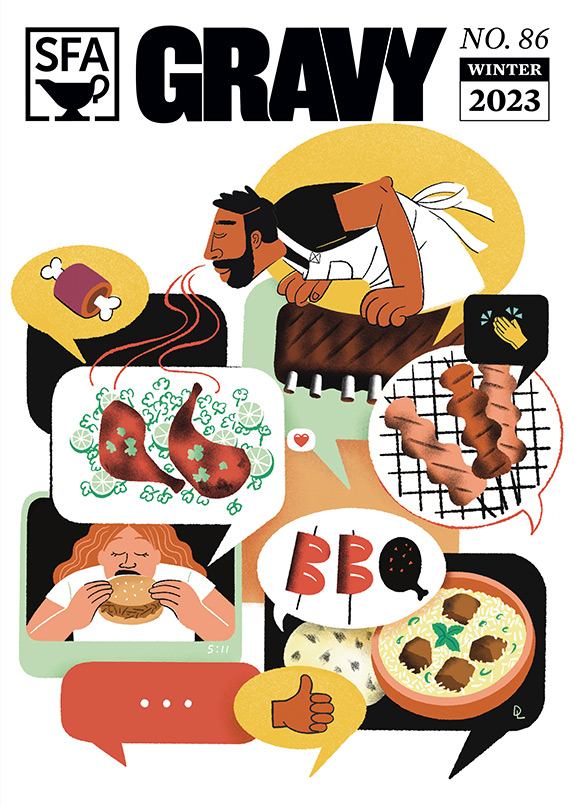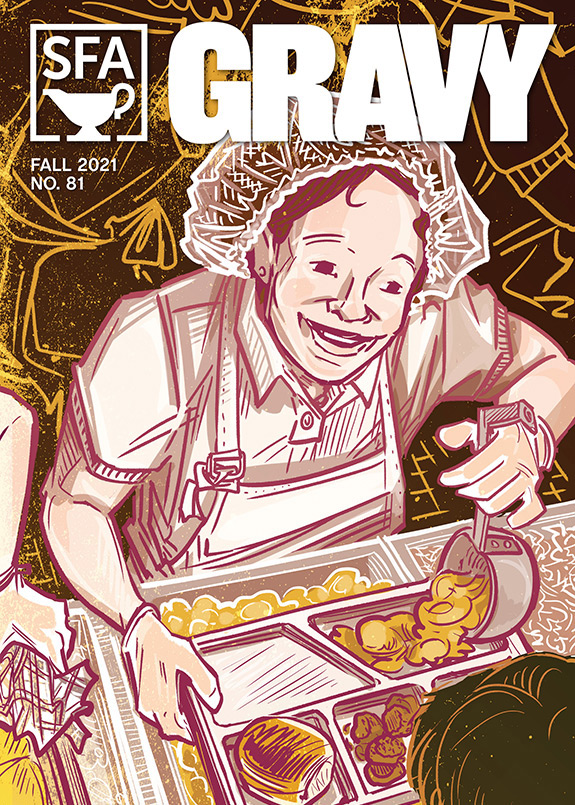In “Unshelled: George Washington Carver’s Real Legacy,” producers Ishan Thakore and Katie Jane Fernelius explore a lesser-known aspect of Dr. George Washington Carver’s legacy: his role as a conservationist and a practitioner of sustainable agriculture.
Carver’s life defies easy explanation. He was born enslaved and rose to the heights of American academia. Long a painter before he became a botanist, Carver’s art was even accepted into the 1893 World’s Fair in Chicago. After his death, evangelicals, the LGBTQ community, and the NAACP all heralded him as a pioneer. The military even named a ship after him during World War II. But today, most listeners might only vaguely recall him as “the peanut guy,” who makes a recurring, albeit one-dimensional appearance during Black History Month.

Mark Hersey, an environmental historian and author of My Work is that of Conservation: An Environmental Biography of George Washington Carver, argues that most people have considered Carver in the wrong light for years. Carver advocated for seeing connections between animals and the land, and articulated tenets of organic and sustainable agriculture well before they entered the mainstream. Carver’s deep Christian convictions informed his conservationist thinking. He saw the world as something to be revered, studied, and protected from degradation. And ultimately, he thought his life’s work was to uplift the lot of Black farmers in the South.
But, it was his peanut work which ultimately catapulted him to fame. For years, Carver worked at Tuskegee Institute (now University), under the direction of Booker T. Washington. At Tuskegee, Carver headed up an experimental agriculture station, where he wrote research bulletins and brought demonstrations to the countryside to help impoverished Black sharecroppers and tenant farmers in Macon County, Alabama. In an effort to find a low-cost, high-calorie plant that could be grown for food by sharecroppers, Carver began to promote peanuts. He collated recipes and uses, and enthusiastically espoused the hardy legume. And in Carver, the peanut lobby found a perfect spokesperson to testify in front of the House Ways and Means Committee in 1921, to push for a protective tariff.
Carver’s role as an expert witness brought fame and stardom, but distorted his impact for generations. Hersey argues that Carver’s other work, as a conservationist, should be at the forefront of his legacy. In examining Carver’s legacy today in practice, farmers like Nick Speed are reacquainting people with Carver’s relationship with the land. Speed runs the nonprofit Ujima and its related entity, the George Washington Carver Farms in St. Louis, Missouri. GWC Farms aims to honor Carver’s legacy as a farmer who thought holistically about the land he tended. In understanding Carver as a pioneering Black conservationist, listeners might finally be able to move beyond Carver and the peanut.
Special thanks to guest Mark D. Hersey and his book My Work is That of Conservation: An Environmental Biography of George Washington Carver, which explores the conservationist aspects of Dr. Carver’s life. Hersey is an Associate Professor at Mississippi State University and is the co-editor of the journal Environmental History.
Thanks to Nick Speed for graciously discussing his work at his non-profit Ujima and the George Washington Carver Farms.
Although they were not featured in this episode, a big thank you to Paxton Williams for sharing details about Carver’s life, and Candace Clark at the Carver Integrative Sustainability Center, and Dana Chandler and Catiana Foster at the Tuskegee University Archives.
Ishan Thakore reported this episode and produced it with Katie Fernelius.
Music included in this episode:
“Heliotrope” by Blue Dot Sessions
“Wax Paper Jewel” by Blue Dot Sessions
“Vibrant Canopy” by Blue Dot Sessions
“Cherie’s Polvo” by Blue Dot Sessions


